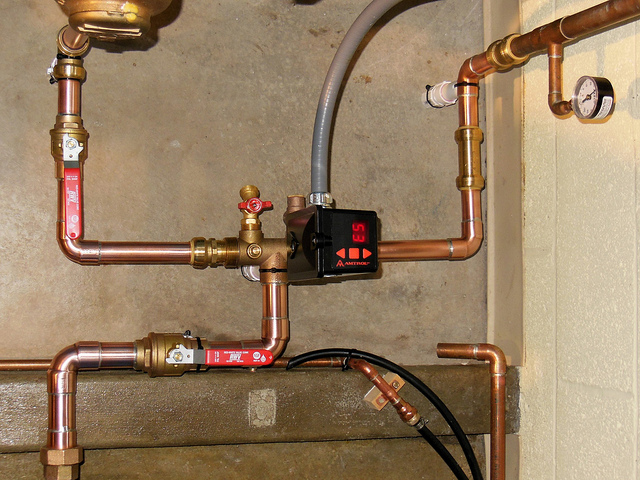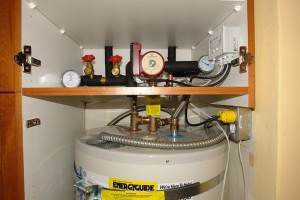How to Inspect Plumbing Prior to Buying a Home
 Every reasonable buyer inspects at least several things before making a down payment on a house. Superficial things are something that everyone checks in detail. However, if you really wish to know what state your potential future house really is, you have to scratch the surface. Electric and heating installations and insulation need to be at the top of the list, but your number one priority should be the plumbing since problems in plumbing areas are usually the hardest to fix. Here is how to inspect plumbing before making a final decision.
Every reasonable buyer inspects at least several things before making a down payment on a house. Superficial things are something that everyone checks in detail. However, if you really wish to know what state your potential future house really is, you have to scratch the surface. Electric and heating installations and insulation need to be at the top of the list, but your number one priority should be the plumbing since problems in plumbing areas are usually the hardest to fix. Here is how to inspect plumbing before making a final decision.
Asking for a professional opinion
If you are uncertain about some issues the plumbing seems to have, it is strongly advised to consult a professional. It would not be the first time that new owners failed to notice some serious problems due to their inexperience, says a seasoned Sydney-based plumber, which in return set them back way more than professional inspection service fee would. On top of that, you will get a repair estimate and you can negotiate a discount with the sellers to cover the unexpected expenses.
Water meter and valves
Checking the water meter should be your first step. Close all faucets and check if the water meter is turning. If it is, there is a leak somewhere and this could be serious problem. Move on to the valves. Start with the main shut off valve operation. When shut off, no faucet in the house should have water. This goes for every other shut off valve and their corresponding faucets. If everything is working properly, you are off to a good start.
Water heater
Inspect all water heaters for signs of corrosion. Thou most common water heaters issues are easily solved corrosion should not be overlooked since it can cause serious damage. Also, bear in mind that an average four member family requires at least a 150 liter one to satisfy its regular needs and that they last approximately 10 years, depending on frequency of use, water quality and maintenance.
Faucets, sinks and toilets
Check all existing faucet and sinks in detail. They need to be fully functional, no drips or leaks are allowed whatsoever. Test the flow of the water as well. Open faucets to maximum flow and check if the water goes down the sink without any delay. The same inspection principle applies to toilets as well. When you flush them the entire water quantity needs to drain without any leftovers. If this is not the case either with sinks or toilets that means they are clogged and this can turn out to be a serious problem.
Septic tank
If your potential property uses septic tank instead of municipal sewer you need to be careful and check if the entire system is fully functional. Odors and standing water is a clear sign of seepage and this needs to be taken care of as soon as possible to avoid additional complication and health hazards. Naturally, this should be entirely seller’s responsibility.
As you can see, plumbing inspection is not an easy task. Hiring professional help is strongly advisable in case of any dilemma. In any way, take your time and make sure you check everything carefully before you decide to buy.
Exclusively Written for Homes Re-Imagined, LLC by Lillian Connors